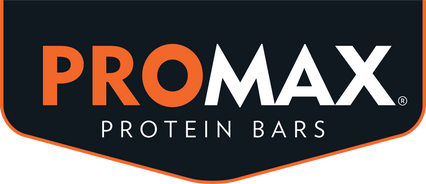4 Tips for Proper Form on a Rowing Machine
Feb 10, 2017
Many people know how great the rowing machine is for a full body workout but they hesitate to use one because they don't know how. Learn the proper form and technique below so that you can be confident the next time you row. Although rowing tends to look like an upper body sport, the strength of the stroke comes from the legs. There are 4 parts to a stroke on a rowing machine.
- The catch- At the beginning of the stroke, sit tall with your legs bent and feet in the stirrups. Keep your back flat and your core engaged as you extend your arms to grab the handle. Your shoulders should be relaxed and in front of your hips. Your body should be coiled like a spring, ready to release.
- The drive- At the beginning of the drive, the body position doesn't change, all the work is done by the legs. Maintain a straight back, tight core, and locked arms and drive your legs back until they are straight. Hinge from your hips and lean your torso backward. As your torso reaches a 90-degree angle with the floor, begin to pull with your arms by bending at the elbows.
- The finish- Your legs are straight, your elbows bent, and you should pull the handle to your lower chest. Your arms should be slightly away from your ribcage, but not flared out to the sides. It is important to maintain a strong core and a straight back.
- The recovery- A mirror image of the drive. The arms begin to straighten. When they are almost fully extended, the torso hinges forward from the hips. Maintaining a straight back and a tight core, the knees begin to bend once the handle passes over them.



